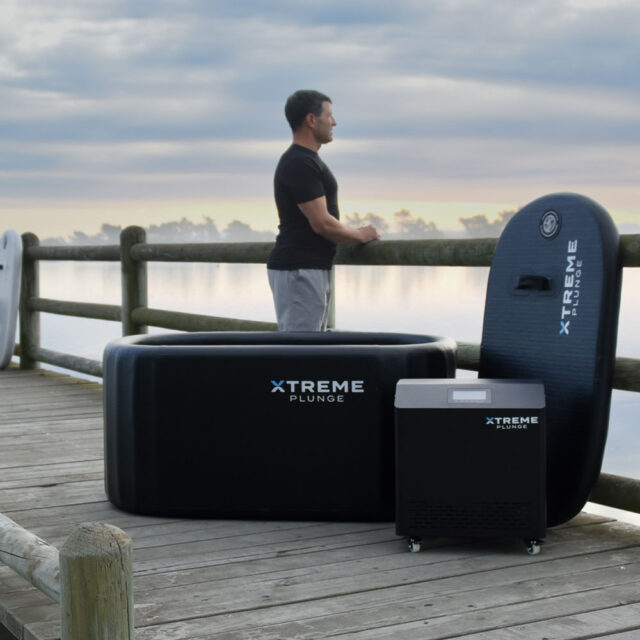xtreme plunge
What Do Ice Baths Do | Xtreme Ice Baths
For the most part, many people convinced of the simplicity of ice baths aren’t too far from the truth: a toddler can tell that a tub, water and ice are really all the moving parts you’d ever need to make your bath, and doesn’t take much more to have a cold plunge with the health perks you’re after.
While that might be true on the surface level, reality offers more as evidence – specific ice baths and their accessory features exist for a reason, particularly when it comes to the seasoned cold plunger. What are ice baths good for, how do they work, and how can we use them for maximum gains? Let’s break it down.
How Do They Work?
When used for repeated periods of time, there’s a key differentiating factor that becomes the difference between a solid, well-functioning ice bath and a tub you’re liable to never touch again: maintenance.
Having to constantly run out to grab more ice, rigorously clean your bath for sanitary use in the long-term, or position yourself comfortably during your plunge because your tub doesn’t support your posture – these are all telltale signs of an ice bath that’s inconvenient, and a huge hassle to use.
When it comes to a high quality at home ice bath, your bath and its additions can cover these features so that you never run into these problems:
Tub material
Making sure that the structural integrity of your tub is A-1 should be a foundational concern – the last thing you’d want is to feel excited about placing your new portable ice bath around the home, only to find out that it’s leaking or, worse yet, leaked all over your valuables. With industry standard materials like PVC, air-tight wood, stainless steel and more, you can feel secure in the reliability of your tub!
Water Quality and Cleanliness
For those with environmental or frugal perspectives, keeping the water in your tub for multiple sessions might seem viable: we reduce water wastage, and the cool temperature should keep bacteria away from developing, right?
Without keeping these containers well covered from the elements, though, or steering them completely clear of natural dirt and pathogen buildup, it’ll still be necessary to make sure your water is clean every 1-2 weeks at a minimum.
Having a water filter makes the process of keeping your tub hygienic and disease-free effortless, with varying degrees of sanitation available:
At the top of the range, you’ll likely find ice baths that use an Ozone generator and pump, killing bacteria and pollutants by oxidising their cell membranes – these outer walls lose stability and break down, in other words, disinfecting pathogens in the water from developing.
Filters similarly place on both high and low ends of the price spectrum here – UV light filters fill out the upper price points in this regard, capable of sanitising your water quality without contaminating with chemicals and other pollutants.
Typical particle filters round out the majority of other ice bath offerings, and are great with physical debris that neither Ozone nor UV filters will catch – dirt, grime, physical algae buildup and other tangible pollutants are part and parcel in conversations here.
Water Temperature
As the crux behind the science of ice baths, ensuring that your ice bath sustains an effectively cool temperature is crucial to the benefits you reap from the experience. Without it, your body isn’t prompted into a sufficient range of stress, and both physical and mental positives that occur both during and post-plunge lose their potential.
Adding a water chiller to your ice bath means that you do away with the fiddly nature of adding and removing ice from your bath, measuring its suitability with an external thermometer, or simply waiting around for the water to reach the right chill.

